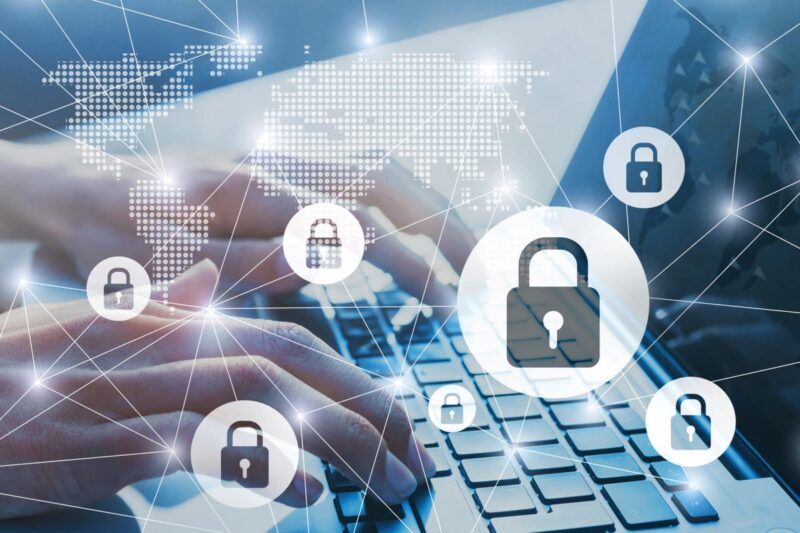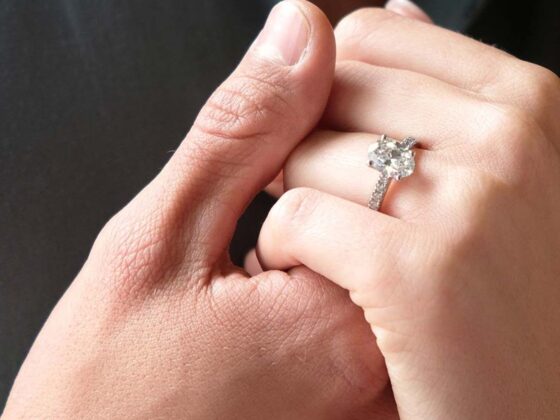With the rise of social media, it is important to understand how to maximize your privacy settings in order to protect yourself online. Doing so can be tricky and oftentimes confusing; however, with a few simple steps you can customize your security on any platform.
In this article, we will discuss what measures you should take in order to get the most out of your social media privacy settings and keep yourself safe online. We hope that by following these easy tips, you will have peace of mind while browsing the web knowing that your data is secure from malicious actors or those who wish to use it for their own gain.
Understanding Social Media Privacy Settings
With so many options available, understanding how to customize your social media privacy settings can be a daunting task. It is important to make sure that you are taking the necessary steps to ensure that only the content and information you want to be shared with others is visible. By customizing these settings, you can control who sees what parts of your profile and help protect yourself from cyber criminals or unwanted attention. The first step in maximizing your social media security is knowing which platforms offer the best privacy features.
Each platform will have its own set of rules for protecting user data; it’s essential that you familiarize yourself with them before making any changes. Additionally, it may be helpful to research other users’ experiences when setting up their accounts or look at online tutorials on how to optimize each platform’s security measures. Another way to maximize safety on social media networks is by regularly updating your passwords and using two-factor authentication (2FA) whenever possible. While creating strong passwords may seem like an unnecessary hassle, they provide an extra layer of protection against attackers gaining access to personal accounts or sensitive data.
Furthermore, activating 2FA should also become a habit as this helps verify identity prior to logging into accounts and offers maximum protection against malicious actors trying to gain unauthorized access via password guessing attacks or phishing schemes. Finally, it’s crucial that users adjust their privacy settings accordingly based on what type of content they share across different platforms as well as who they would like to view this material – friends, only. Friends of friends? Everyone? By being mindful about adjusting these settings periodically one can better manage who has access to certain posts ensuring greater peace of mind while navigating through cyberspace!
Adjusting Your Profile Information and Posts

It is important to adjust your profile information, as well as the posts you make on social media in order to maximize privacy settings. You can customize your security settings by ensuring that only people you know and trust have access to view your profile or posts. It is also a good idea to review all the current privacy settings available for each platform and determine which ones are right for you. Furthermore, it may be helpful to ensure that any personal information or images shared on social media outlets are kept secure and not posted publicly without permission.
Lastly, keeping an eye out for changes in policy or updates from the various platforms can help keep your data safe from malicious actors looking to exploit any vulnerabilities within social media networks. By taking these steps towards customizing one’s security settings, users will be able to take steps towards limiting potential risks associated with sharing sensitive information online while still enjoying the benefits of using their favorite social media outlets.
Securing Your Account with Two-Factor Authentication
Two-factor authentication (2FA) is an important security measure for your social media accounts. It provides an extra layer of defense against intrusion and helps to protect your personal data. With 2FA, you need two pieces of information to access your account: a password and a second factor such as a one-time code sent via text message or generated by an app on your phone.
This makes it much harder for hackers to gain access, even if they know the password associated with the account. Additionally, 2FA can help detect suspicious activity more quickly since any login attempts will trigger alerts that let you know when someone else is trying to get into your account. By taking this simple step, you can ensure that only authorized users can view or change anything in your social media profile settings.
Limiting Access to Third-Party Apps

Limiting access to third-party apps is an important part of maximizing your privacy settings on social media. Many users can be unaware of how much data a third-party app has access to, and the potential damage that could result from unauthorized use or hacking. Fortunately, it’s easy to customize security settings and limit which apps have access to your account information.
When customizing security settings, its important to review the list of authorized apps connected with each account. Take some time to look through the list, remove any unnecessary or suspicious applications, and double-check permissions for those you are keeping active. By doing this regularly you can ensure only trusted sources have access and up-to-date details about what type of data they have permission for is always available. It may also be worth considering investing in additional protection tools such as two-factor authentication (2FA).
This adds another layer of security by requiring a code that is sent via text message when logging into accounts from unfamiliar devices or locations – making sure only legitimate users gain entry and there’s no chance anyone else will be able to get in even if they know your username/password combination. Overall, a good practice when managing privacy should begin with limiting app access – ensuring every third-party connection meets strict criteria before granting authorization – allowing secure control over who sees what content at all times without compromising user experience online.


